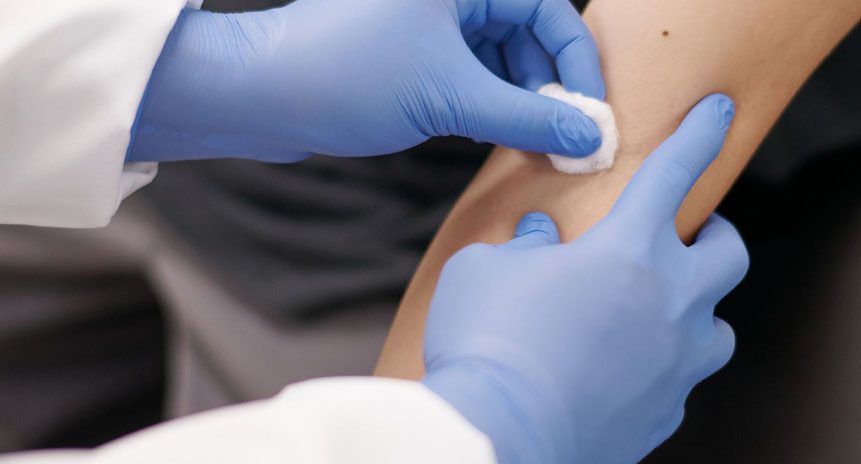Why gloves are your best friend in fighting infections
Every year 4.1 million people in Europe are affected by health care-associated infections. These infections develop as a result of medical care in hospitals, or other health care facilities and cost society around 7 billion Euro a year.
To avoid spread of health care-associated infections (HAIs), gloves are an essential tool for the health care professional. By wearing the right gloves in the right way you protect yourself, your colleagues and patients against the transmission of microbes. That sounds fairly simple, but it is not always as straightforward as that in practice.
Let us take a closer look at how gloves can be your best friend in the fight against HAI’s.
Prevent spread of microbes: Choose the right glove
Microbes spread easily in health care institutions due to the physical contact among patients and health care professionals and as occupational infections among health care professionals. Most microbes are spread through your hands, so when wearing gloves, you significantly reduce spread of infections.
Gloves come in almost all sorts and sizes, but not all gloves are suitable for working in health care. The important parameters to know when selecting gloves are the intended application and the need for protection against various risks. To determine which gloves to use, a number of factors should be considered to ensure a healthy and hygienic environment, such as: the intended task, material, thickness, size, time of use, and disposal.
Know your symbols!
Medical examination gloves used in health care must comply with a number of requirements and standards laid down in European legislation. Several symbols exist in this context and it is important to know what they mean to be able to choose the right glove. The CE mark is often seen as a quality mark, but this symbol does not really say anything about what a glove can and cannot be used for. Thus, knowing your symbols and legislation is decisive in the process of choosing the right glove.
Correct use and disposal of gloves
Besides choosing the right type of glove and practicing accurate and frequent hand hygiene measures, correct use of the glove is also essential to fighting spread of infections. It is important to be aware of how you don as well as take off a glove, and especially taking off the glove deserves extra attention. After use, the gloves are ‘polluted’ with microbes that you do not want to come into contact with your skin or clothing.

